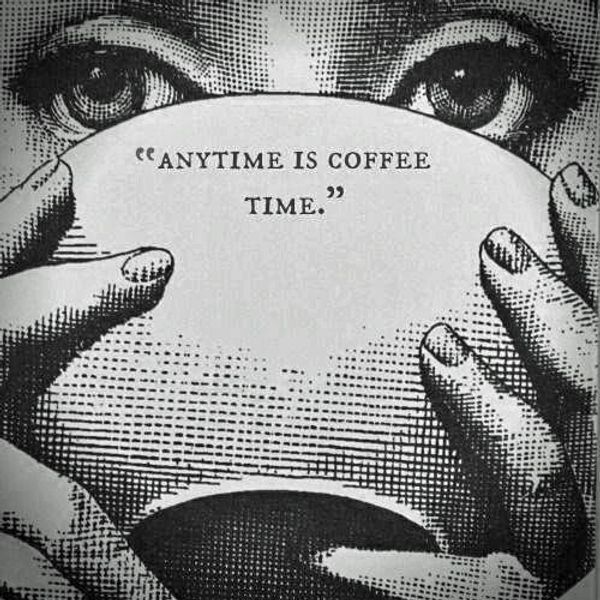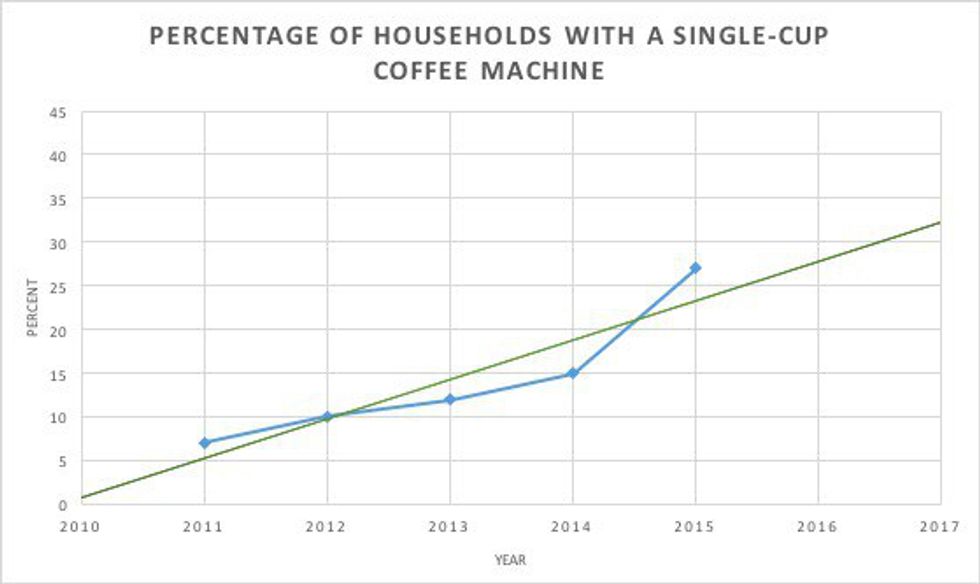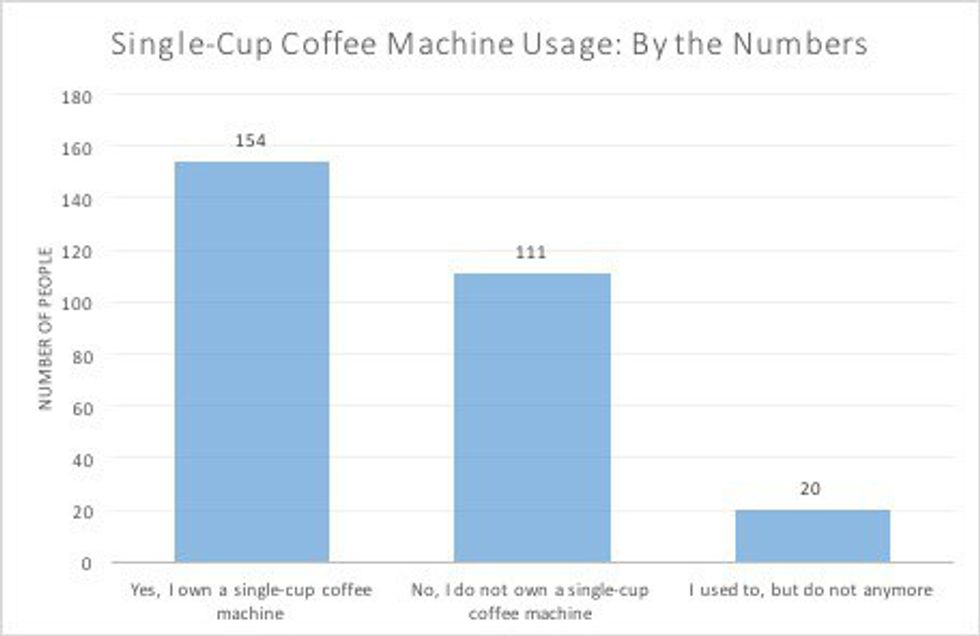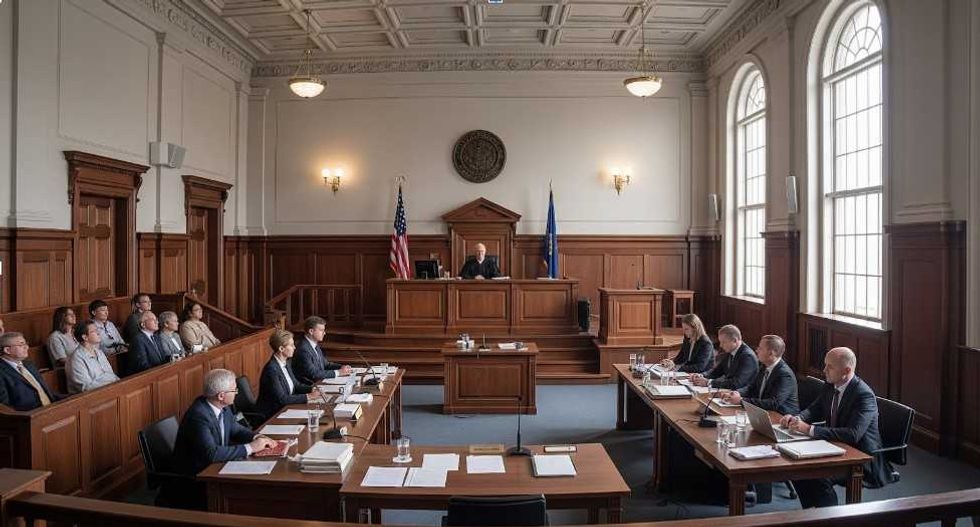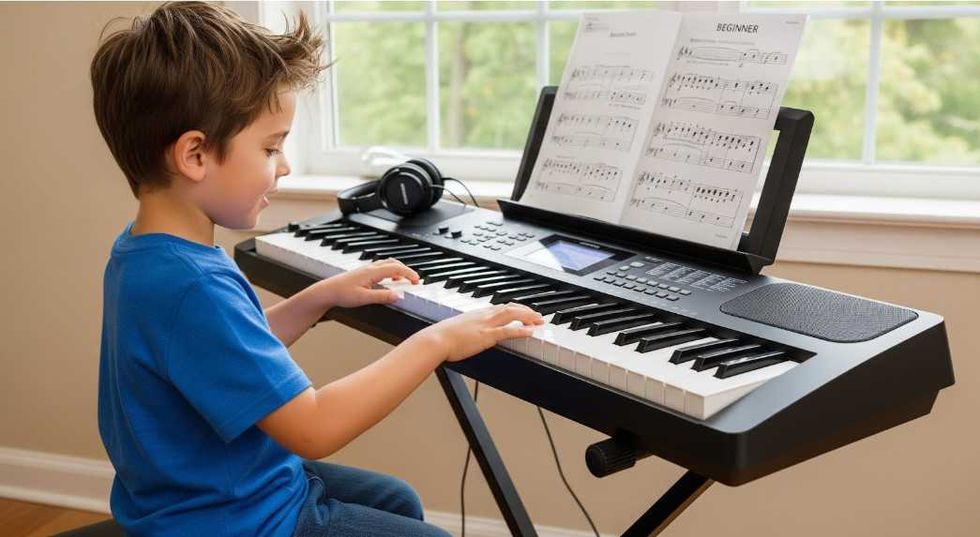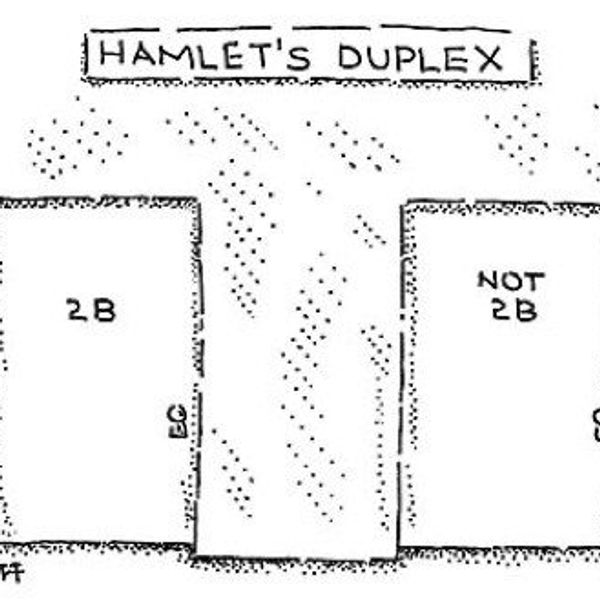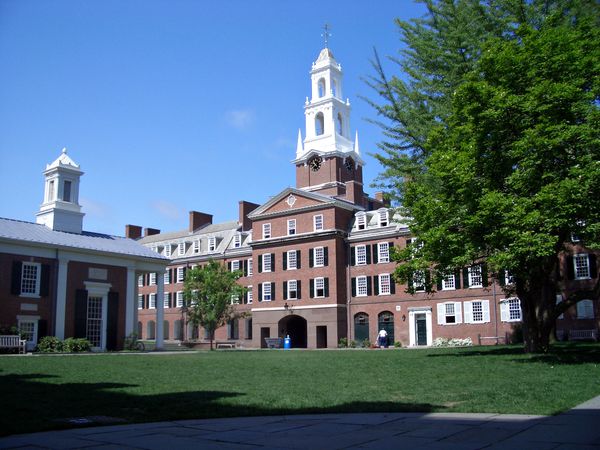There is no doubt that K-Cups are convenient. In a time where everybody seems so busy, the last thing we want to do is wait approximately 10-15 minutes for those old-fashioned coffee pots to brew our morning cup of Joe. Popular amongst college students and office employees alike, the ‘Keurig’ has seemingly eliminated one last thing to worry about in the morning – getting coffee.
While the use of these single-cup coffee machines – like the Keurig – have eliminated this relatively minor ‘no time in the morning’ problem, they have created a whole new problem of their own. The problem lies in the usage of those ‘convenient’ single-use cups. The fact is, these K-cups are neither recyclable nor biodegradable. While certain aspects of the cups are recyclable, such as the aluminum foil lid, actually taking the time to properly separate the various components of the cup takes away from the convenience of the k-cup. You simply put the cup in, hit brew, then toss the whole thing into the garbage. This is where the problem literally begins to ‘pile up’.
The facts are as such – nearly 27% of Americans have a single-cup coffee machine in their household. This statistic does not even take into account the thousands of offices across the US that use a single-cup coffee machine. It should come as no surprise then, that in 2014, nine billion K-Cups were sold. Nine billion. In fact, these nine billion K-cups, when placed end-to-end, could wrap around the globe an estimated 10.5-12 times. These nine billion, non-biodegradable K-cups ended up in landfills where they shall sit for centuries to come. And the scary thing is, these numbers are only going to increase. Keurig’s corporate mission is to get a Keurig “brewer on every counter and a beverage for any occasion” – a mission that spells serious concerns for the environment (and peoples’ pockets if we are being honest, these things aren’t cheap) unless changes are made to the composition of these K-cups.
Here is a graph of the total percentage of households per year that have a single-cup coffee machine. We saw a large jump between 2014 and 2015, and the trend line (in green) shows total percentage reaching around 33% by 2017.
In a survey I conducted online with 285 participants, 174 of these people had purchased a single-cup coffee machine at some point. Of those 174, 20 people have already stopped using their machine. It is estimated that the average person makes at least two cups of coffee per day. Assuming that all 174 people used their machine every day for a whole year, that would result in a total of 127,020 K-Cups thrown out from those participants alone.
The problem is the plastic used to create the K-cup. Identified as plastic #7, or ‘other’, this hybrid of different plastics (four varying layers) is only recyclable in a few cities in Canada. Some health concerns have also been posed with the use of plastic #7 – does it not seem strange that the plastic can hold its form while boiling hot water is shot through it? Are there any chemical additives that prevent such a thing to happen? Seems a little funky…
In spite of some consumer backlash, Keurig Green Mountain has vowed to make a fully recyclable K-cup by the year 2020. While this is a nice gesture, the fact is, the world cannot take another four years of K-cup waste. Last year, K-cups brought in a total revenue of $4.7 billion dollars for Keurig Green Mountain alone. Not to mention that this same company was recently purchased by a private firm for $13.9 billion. That is a ton of money - money that could be surely used to develop some kind of alternative before 2020, if they were actually serious about tackling this environmental dilemma.
Until then, I have sworn off using the Keurig. In reality, they are overpriced (see graph) and are polluting landfills across the country. If time and convenience are issues for you, invest in a programmable coffee maker – you can have a whole pot of coffee waiting for you upon waking up.
Here I have compared Folgers canned coffee to a 12-cup box of Keurig Green Mountain Coffee. As you can see, you get way more coffee for a lot less if you purchase the canned coffee. In fact, a cup of Keurig brewed coffee is 6.5 times more expensive than a cup of traditionally brewed coffee. Just so you know.


